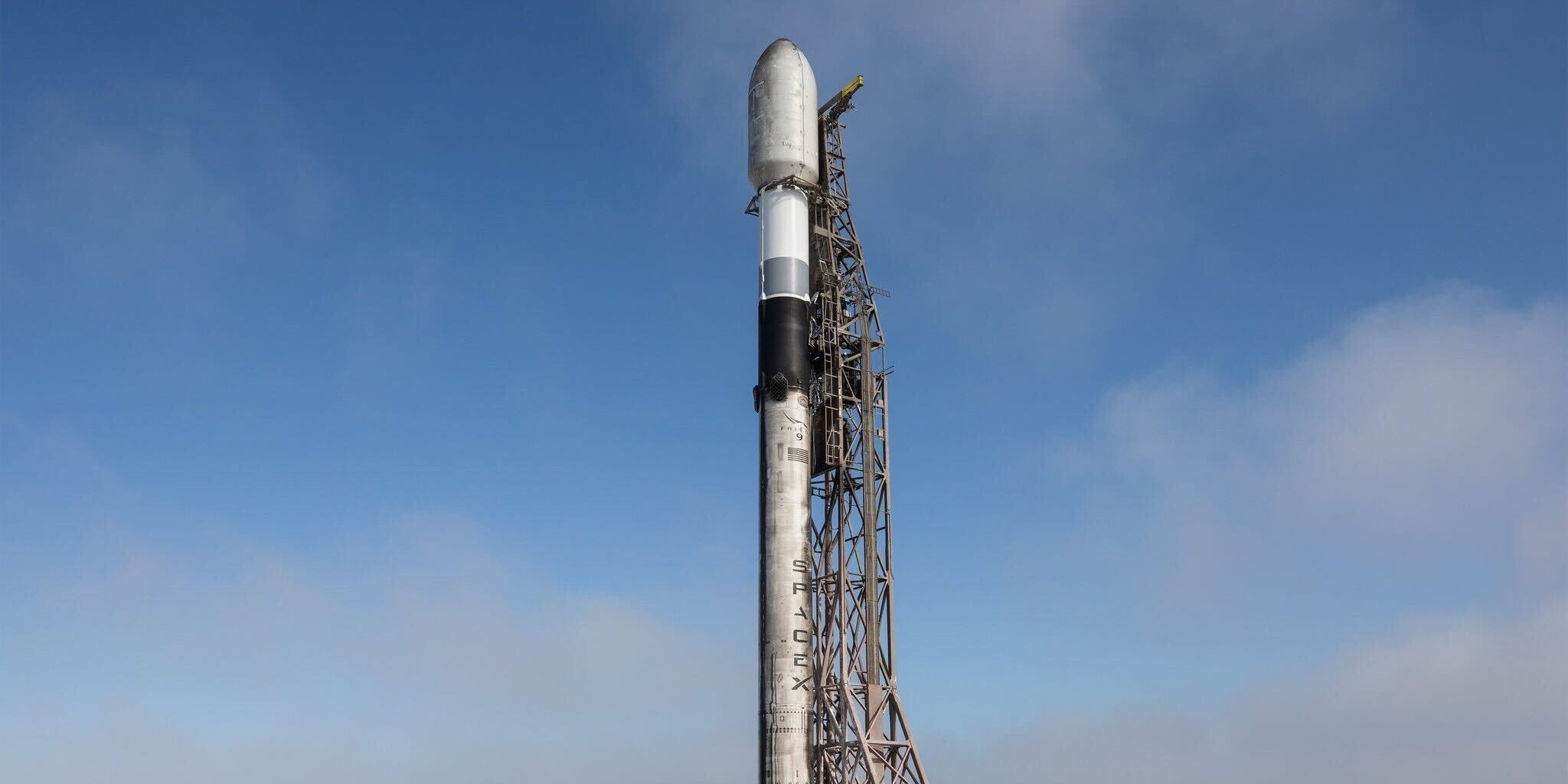Key Takeaways
- Lacuna Space successfully launched satellites under the “Call of the Wild” mission, enhancing its direct-to-device IoT network.
- The new technology, featuring the proprietary LoneWhisper payload, enables efficient water quality monitoring without ground infrastructure.
- The initiative positions Lacuna Space as a leader in satellite-based IoT solutions, particularly for remote and hard-to-reach areas.
Advancing Direct-to-Device Connectivity
Lacuna Space has successfully launched new satellites as part of its “Call of the Wild” mission, a significant advancement in scaling its direct-to-device (D2D) IoT network. This mission incorporates Lacuna’s proprietary LoneWhisper payload, developed entirely in-house, optimized to capture small, infrequent messages from low-power devices and directly transmit them to orbit. This enables global coverage without ground-based communication infrastructure.
Rob Spurrett, CEO of Lacuna Space, emphasized the rapid growth in demand for remote IoT connectivity. He stated, “We’ve already proven that our technology works where others simply can’t: in remote, infrastructure-free environments. Now we’re scaling to meet real-world demand.” With this mission, Lacuna aims to transition from pilot projects to large-scale operations. The LoneWhisper system is touted as the highest-capacity direct-to-device LoRa receiver in orbit, significantly enhancing the ability to support devices reliably compared to other market solutions.
Transforming Water Quality Monitoring
Water quality remains one of the most crucial and under-monitored resources. Traditional monitoring methods often require manual sampling, leading to inefficiencies in remote areas. Lacuna’s direct-to-device technology offers an innovative solution, allowing low-power sensors to continually transmit data from even the most isolated locations, without reliance on cellular networks or gateways.
Field deployments have already begun, facilitating:
– Monitoring boreholes and wells for pH, turbidity, and salinity.
– Tracking salinity and runoff in agricultural settings.
– Detecting pollution in rivers and coastal zones.
These sensors send only a few small messages daily and typically require minimal power, often lasting for years on a single battery. Clifford Shapland, Digital Development Officer at Ceredigion County Council, remarked on the increasing demand for such low-power, wide-area connectivity, noting that the ability to gather consistent and accurate measurements has opened new environmental insights.
Proven Technology for Strategic Growth
Lacuna Space has been a pioneer since it first integrated Semtech’s high-capacity LoRa chipset in 2019. The company has conducted multiple missions and developed considerable expertise in optimizing its technology for various applications, from smart agriculture to water quality monitoring in challenging environments. Paul Bate, CEO of the UK Space Agency, praised Lacuna Space as a leading example of UK innovation, highlighting how their services make satellite communications more accessible and affordable for monitoring vital resources like water.
The satellites launched in the “Call of the Wild” mission represent just the beginning of several missions planned for this year. These advancements will broaden Lacuna’s coverage and message throughput, reinforcing its position as a key player in the global arena of direct-to-orbit IoT solutions for remote monitoring.
The versatility of Lacuna’s network showcases its ability to tackle critical challenges in remote areas across the globe, indicating a promising future for satellite-based IoT solutions. For further details on how they can assist with reaching sensors in hard-to-reach locations, interested parties are encouraged to reach out to Lacuna Space.
The content above is a summary. For more details, see the source article.















